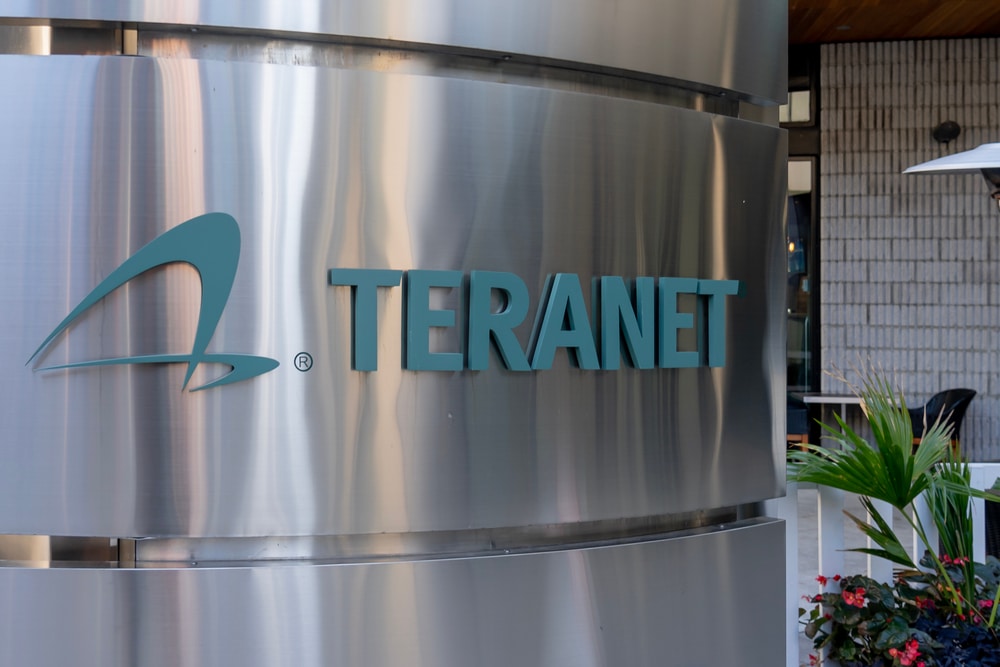A major advancement in space communications has been made by the ‘TeraNet’ network of optical ground stations at the University of Western Australia. Laser signals from a German satellite in low Earth orbit were successfully received, paving the way for a significant increase in communication bandwidth between space and Earth by 1000 times.
Revolutionary Laser Communications Test
The team at TeraNet, under the leadership of Associate Professor Sascha Schediwy from the UWA node at the International Centre for Radio Astronomy Research (ICRAR), managed to capture laser signals from OSIRISv1, a laser communication module on the Flying Laptop satellite of the University of Stuttgart and developed by the Institute of Communications and Navigation of the German Aerospace Center (DLR). These signals were picked up by two of the TeraNet optical ground stations during the satellite’s flybys last Thursday.
Associate Professor Schediwy expressed, “This successful demonstration marks the initial phase of establishing an advanced space communications network across Western Australia. Our future plans involve integrating this network with other optical ground stations currently in progress within Australia and globally.”
Benefits of Laser Technology in Space Communication
TeraNet’s ground stations utilize lasers instead of conventional wireless radio signals to transfer data between satellites and users on Earth. The high frequencies at which lasers operate allow for potentially rapid data transfer rates of thousands of gigabits per second, significantly outpacing radio technology in data transmission efficiency.
Radio technology has been the primary communication method from space since the launch of the first satellite, Sputnik 1, almost seven decades ago, and has seen minimal advancements since. With the increasing number of data-rich satellites in space, there is now a critical bottleneck in transmitting this data back to Earth.
Addressing Weather Challenges in Laser Communication
Laser communication can effectively resolve this issue; however, laser signals are susceptible to disruptions from clouds and rain. To mitigate this concern, the TeraNet team has deployed a network of three ground stations spanning Western Australia. This setup allows satellites to shift data transfer to another station with clear weather conditions if one station is experiencing cloud cover.
Furthermore, one of the two TeraNet ground stations that intercepted the satellite’s laser signal is mounted on a customized Jeep truck, enabling swift deployment to locations where ultra-high-speed space communications are required, such as remote areas affected by natural disasters.
Implications for Earth and Space Operations
High-speed laser communication from space will transform data transfer capabilities for Earth observation satellites, significantly bolster military communication networks, and enhance secure remote operations in sectors like autonomous mining and national disaster preparedness and response.
The TeraNet team at ICRAR secured funding from the Australian Government, the Western Australian Government, and UWA in 2023 through the Australian Space Agency’s Moon to Mars Demonstrator Mission grant initiative. The project, valued at $6.3 million, supports the establishment of three TeraNet optical ground stations in Western Australia, with the German Aerospace Center (DLR) providing access to their laser communications-equipped satellites in orbit.
Expansion of TeraNet’s Network and Future Objectives
TeraNet will play a vital role in supporting various international space missions between low Earth orbit and the Moon, utilizing both conventional optical communication standards and cutting-edge optical technologies like deep-space communication, ultra-high-speed coherent communications, quantum-secured communications, and optical positioning and timing.
The network consists of a ground station at UWA, a second station at the Mingenew Space Precinct located 300 kilometers north of Perth, and a mobile ground station currently being set up at the European Space Agency‘s New Norcia facility.
Image Source: JHVEPhoto / Shutterstock






























